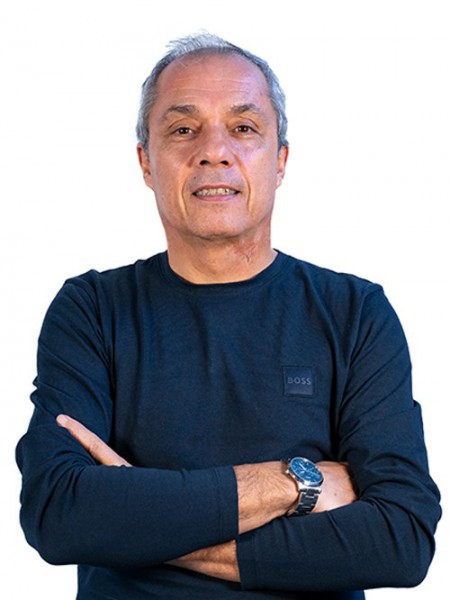abstract
In the past decade, noninvasive luminescent thermometry has become popular due to the limitations of traditional contact thermometers to operate at scales below 100 mu m, as required by current demands in disparate areas. Generally, the calibration procedure requires an independent measurement of the temperature to convert the thermometric parameter (usually an intensity ratio) to temperature. A new calibration procedure is necessary whenever the thermometer operates in a different medium. However, recording a multiple calibrations is a time-consuming task, and not always possible to perform, e.g., in living cells and in electronic devices. Typically, a unique calibration relation is assumed to be valid, independent of the medium, which is a bottleneck of the secondary luminescent thermometers developed up to now. Here we report a straightforward method to predict the temperature calibration curve of any upconverting thermometer based on two thermally coupled electronic levels independently of the medium, demonstrating that these systems are intrinsically primary thermometers. SrF2:Yb/Er powder and water suspended nanoparticles were used as an illustrative example.
keywords
LUMINESCENT NANOTHERMOMETERS; LIVING CELLS; TEMPERATURE; SENSITIVITY; EMISSION; GREEN
subject category
Chemistry; Science & Technology - Other Topics; Materials Science
authors
Balabhadra, S; Debasu, ML; Brites, CDS; Ferreira, RAS; Carlos, LD
our authors
acknowledgements
Financial support of Fundacao para a Ciencia e a Tecnologia (FCT) (PTDC/CTM-NAN/4647/2014 and POCI-01-0145-FEDER-016687), EC Marie Curie Initial Training Network LUMINET (316906) and COST-CM1403 Action, is acknowledged. This work is also financed by Portugal 2020 through the European Regional Development Fund (FEDER) in the frame of Operational Competitiveness and Internationalization Programme (POCI) in the scope of the project (SGH-Smart Green Homes) POCI-01-0247-FEDER-07678 and was partially developed in the scope of the project CICECO-Aveiro Institute of Materials, POCI-01-0145-FEDER-007679 (ref. FCT UID/CTM/50011/2013), financed by national funds through the FCT/MEC and when applicable cofinanced by FEDER under the PT2020 Partnership Agreement. S.B. acknowledges Professor Marco Bettinelli from University of Verona, Italy, for his support during her LUMINET secondment. M.L.D. (SFRH/BPD/93884/2013) and C.D.S.B. (SFRH/BPD/89003/2012) thank the FCT for the postdoctoral grants.






